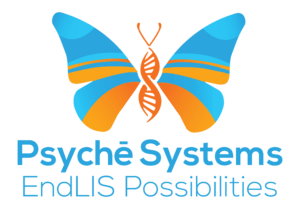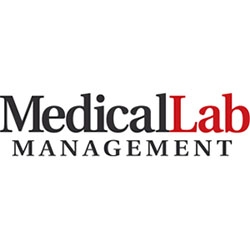The laboratory’s role in patient care has been evolving and morphing for decades, but never more so than in the last three to five years. With changes in regulation, reimbursement, test focus, and patient access to information, and especially with the rise in general of patient-centric care, the lab has become the central cog in a very strategic wheel of healthcare. This is a significant departure from the perception of the past that the lab’s role was simply to provide a test result.
If you imagine the lab as the central component of the patient care team, with spokes pointing to the other members—clinicians, therapists, pharmacists, specialists, surgeons, etc.—all of the patient-specific information is now available to be viewed, shared, and discussed electronically both to diagnose and treat each individual as exactly that: an individual. Each patient, with his or her specific disease or disorder, can now be treated based upon specific genetic and environment factors (along with risk factors) to enable the best outcome. And, it is primarily the technology that a laboratory uses—as a platform for combining, sharing, and automating the communication of all patient data, history, demographics, test results, recommended medications, and physician- and even patient-specific reporting capabilities—that is driving the movement toward patient-centric care and the new healthcare paradigm at whose center is the lab.

